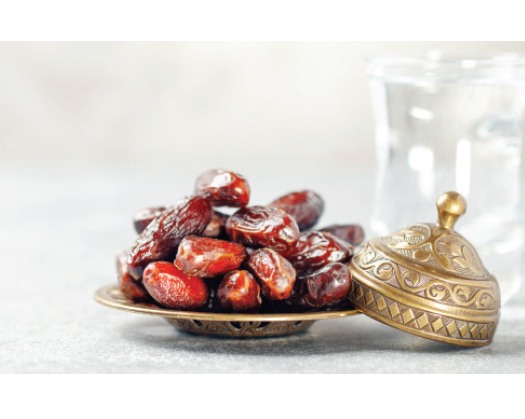Muscat: The Omani watermelon, also referred to as the Arabic watermelon, is a summer crop that flourishes in the demanding climate of Al Dhahirah Governorate. It is highly valued for its exceptional purity, as it has not been subjected to cross-pollination, unlike numerous other watermelon cultivars.
Engineer Ahmed bin Mubarak Al Badi, who serves as an agricultural engineer at the Department of Agricultural Wealth and Water Resources within the Wilayat of Dhank, has highlighted the distinctive characteristics of the Omani watermelon:
- Purity: Immunity to cross-pollination.
- Unique Flavor: A less sweet taste compared to its counterparts.
- Green Skin: Maintains a green hue even upon ripening.
- Distinctive Shape: Sets it apart from other watermelon varieties.
However, the cultivation of Omani watermelon faces several challenges:
- Pest Infestation: The crop is susceptible to fruit flies, white flies, viral pests, mold, and spiders, which can significantly impact its yield.
- Reduced Demand: The less sweet flavor of the Omani watermelon has contributed to a decrease in demand, leading to a shift towards cultivating other varieties.
Despite these obstacles, the Omani watermelon continues to play a crucial role in the local culinary traditions and is deeply ingrained in the cultural fabric. The Ministry of Agriculture, Fisheries, and Water Resources is actively engaged in efforts to mitigate pest issues and to promote the significance of preserving this unique crop.













